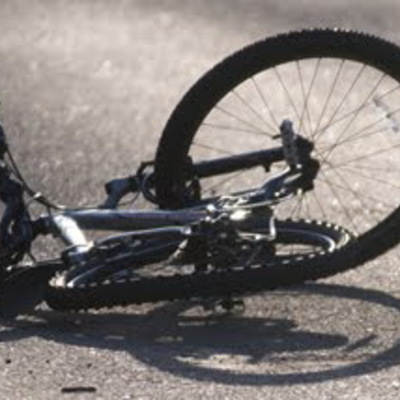We are indebted to Derek Smith for the following write-up of the siege:
The Siege of Sidney Street on 3rd January 1911 came about because of a bungled robbery in Houndsditch in the City of London a few weeks earlier. Latvian revolutionaries were trying to break in to Harris’ jewellers from a nearby house they had rented, but their hammering disturbed the neighbours who called the police. In the resulting affray, three unarmed policemen were killed by the heavily armed gang, and two others seriously wounded. They also mortally wounded one of their own. There was a huge hue and cry over the following weeks. Eventually an informant told the police that some of the gang were hiding out at 100 Sidney Street, Whitechapel. The other occupants were quietly evacuated and the police and army moved in. And the siege began. The revolutionaries it seemed were determined not to be taken alive. They shot back repeatedly over a number of hours and received a fusillade in return. Winston Churchill, the Home Secretary at the time, directed operations. The house eventually caught fire. One explanation is that sparks from a bullet caught a burst gas pipe. Churchill would not let the fire brigade intervene. Finally, when the house was totally quiet, they were allowed in. They found two charred bodies, one of whom had died from gunshot wounds, the other from smoke inhalation. One of the fire officers was crushed under a collapsed wall and died six months later. Other members of the revolutionary cell were already in police custody but a poorly prosecuted case resulted in charges being dropped or their acquittal. The Siege acquired mythical status in the East End, with lots of wild stories circulating. One concerned the mysterious Peter the Painter who some believed was the gang’s mastermind, but is now believed to have been peripheral in the whole affair.
This event was also important for the development of photojournalism. Reproducing photos in newspapers had only just become possible. The Mirror put their photos on the front page and captured the public's attention.
The closing scenes of Hitchcock's 'The Man Who Knew Too Much' (1934) were inspired by the Sidney Street siege.
This photo looks staged to us - why isn't the photographer also sheltering from gunfire? Wikipedia have another photo of most of the same people at the same scene looking much more casual.
Credit for this entry to: Derek Smith










Comments are provided by Facebook, please ensure you are signed in here to see them